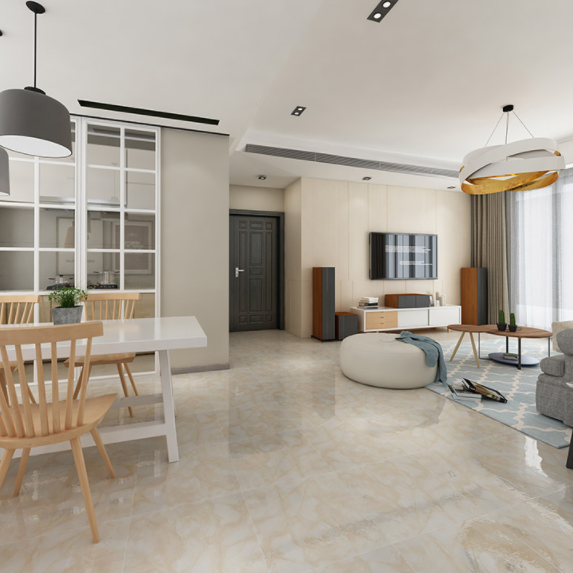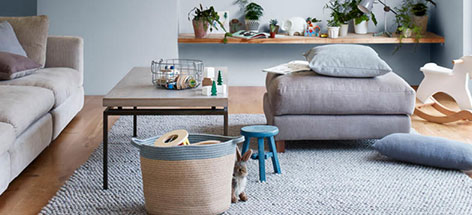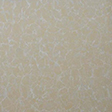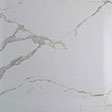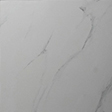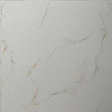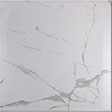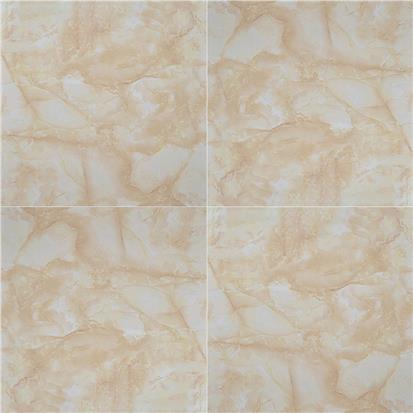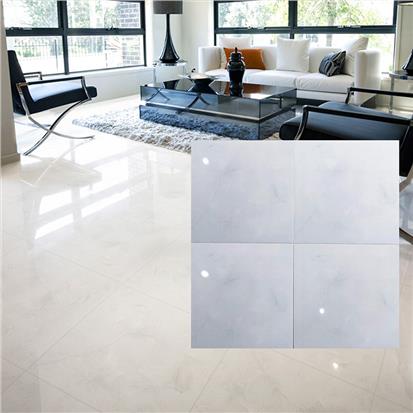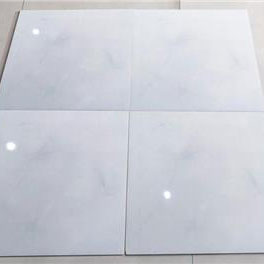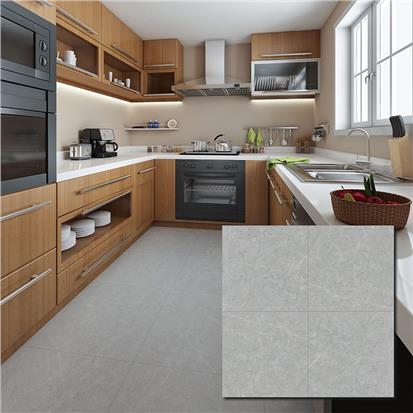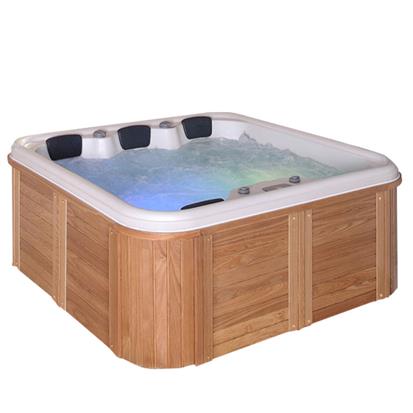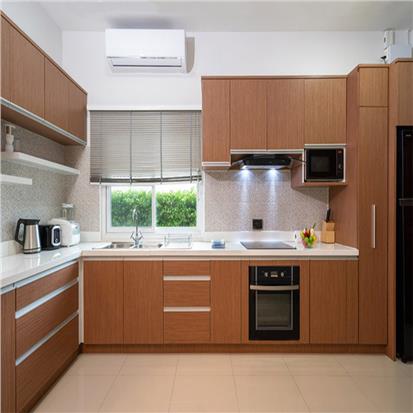There are many kinds of tiles on the market, and the prices are very different. Often choose a tile with a higher price of a little. In the end, the total price of the tiles will vary a lot when the whole area is calculated. This is because the relationship between the number of tiles is not considered. The method of calculating the number of tiles needed is introduced in the article.
How to Calculate the Number of Tiles Needed - Tile Measurement and Calculation
1. Calculate the area to be tiled
The principle of the tile consumption calculation method is: first calculate the area to be paved with tiles, then divide by the size of each tile, and finally get the number of tiles required. To determine the laying area, we must first determine which places are to be paved with tiles and then measure the plane area of the place with a ruler.
Generally speaking, it is common to lay ceramic tiles on the ground and walls, and the ceiling or ceiling is installed on the top of the house, so ceramic tiles will not be used basically. The floors of the living room, dining room, and bedroom can be ceramic tiles or wood floors, but the floors of the balcony, bathroom, and kitchen must be ceramic tiles. If the ground is an ordinary rectangle or square, just multiply the measured length by the width. If it is an irregular shape, you need to calculate the overall area first, and then calculate the area of the excess part to reduce and supplement more.
Similar to the ground, the walls of the living room, dining room, and bedroom can choose ceramic tiles, paint, or wallpaper, while the walls of the balcony, bathroom, and kitchen must use ceramic tiles. It should be noted that, because the ceiling is installed, the bathroom and kitchen do not need to cover the whole wall with tiles. If the floor is 2.8m high, the wall tiles only need to be paved to 2.6m high. Then measure the length of each wall separately.
2. Select tile size
After determining the area to be paved with tiles, we can choose the size of the tiles. Ceramic tiles can be divided into exterior wall tiles, interior wall tiles, and floor tiles according to their uses. The sizes of the three tiles are not exactly the same. As the exterior wall tiles are rarely used, we will only discuss the interior wall tiles and floor tiles this time.
The general dimensions of floor tiles are 30*30cm, 30*60cm, 33*33cm, 40*40cm, 60*60cm, 80*80cm, 1*1m, 1.2*1.2m, etc. For larger spaces such as the living room and dining room, the use of 80*80cm or larger ceramic tiles can be more high-grade and atmospheric; For the bedroom, kitchen, bathroom, and balcony, it is suitable to use 60*60cm or smaller ceramic tiles.
The general dimensions of wall tiles are 10*10cm, 10*20cm, 20*30cm, 25*40cm, 30*45cm, 30*60cm, 40*80cm, etc. the size is much smaller than that of floor tiles, and it is mainly rectangular. Whether it is wall tiles or floor tiles, the size should be selected according to your own budget (the larger the size of tiles, the more expensive) and room area.
After selecting floor tiles and wall tiles, don't forget to calculate the number of skirting lines and waist pieces. Compared with floor tiles and wall tiles, the calculation of skirting lines and waist pieces is much simpler. Directly divide the wall length by the length of skirting lines or waist pieces to obtain the required number of skirting lines and waist pieces.
3. Select the laying method for the tiles
With the increasing decoration style, ceramic tiles also have a variety of paving methods. Consumers can choose the most suitable paving method for themselves to achieve satisfactory results and highlight their own personality at the same time. The following are the three most representative paving methods.
- Horizontal and vertical laying
When paving, the wall shall be paved in a way parallel to the wall. The brick joints shall be aligned without joints. At the same time, the joint shall be pointed with a joint pointing agent close to the color of the brick. This way of paving looks fresh and tidy and the rectangular tiles are paved horizontally or vertically, which can make the whole space appear spacious. The ceramic tile consumption in this way is the easiest to calculate. Directly divide the area by the size of each ceramic tile, then take an integer, and add one or two more ceramic tiles as the loss.
- Diamond laying
Some people like personality like diamond paving, which can make the wall and ground look more distinctive and see more different lines. In fact, it is not difficult to calculate the number of ceramic tiles for this paving method. It is also to divide the area by the size of each tile and then round it. The difference is that this paving method has high requirements for decorators, and the ceramic tile loss will be relatively high, with a loss rate of 15%.
- Combined laying method
Tiles of different sizes, styles, and colors can be paved through certain combinations, showing different effects on the ground, avoiding a single tone and unified paving method. In key areas, such as the guest reception areas and TV background walls, waveguide lines can be used to decorate the edges, and even decorative paintings can be used. This paving method is the most difficult to calculate. It is necessary to calculate the number of tiles used in each area step by step, then add 10%-15% of the loss, and finally add the amount of each tile together.
In general, the method of calculating ceramic tile consumption is divided into three steps. The first step is to determine where ceramic tiles are to be used, and calculate the area to be paved with ceramic tiles respectively (the direct length of the ground multiplied by the width, and the additional reduction is made up; the length of the wall multiplied by the floor height minus the ceiling height). The second step is to determine the size of tiles used in each place where tiles need to be laid. The third step is to select the calculation formula according to the area, tile size, and paving method. Clearly calculating how many tiles we need can help us easily select the most suitable tile products according to the budget.
 EN
EN FR
FR PT
PT AR
AR
